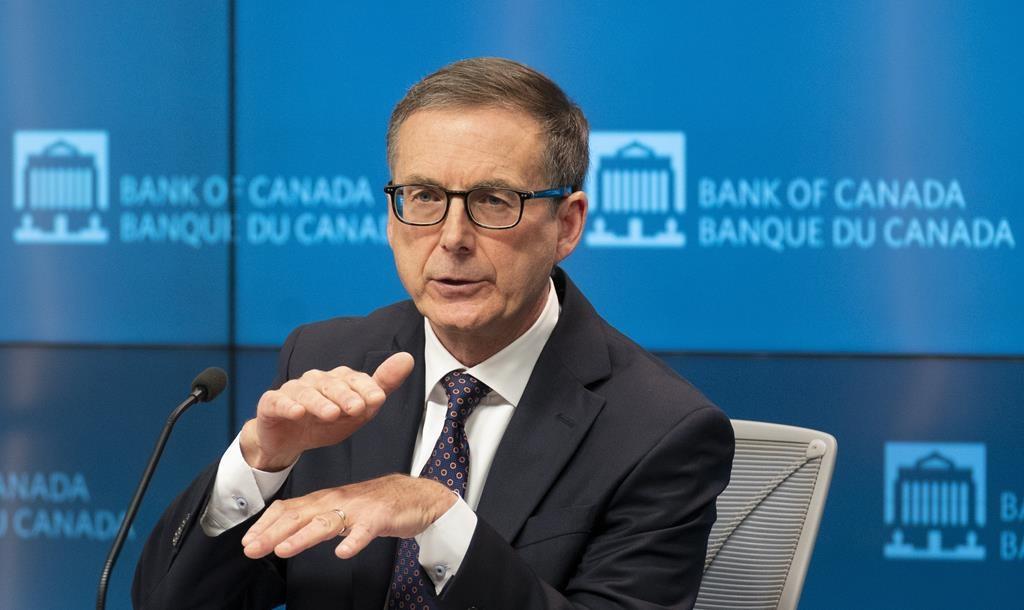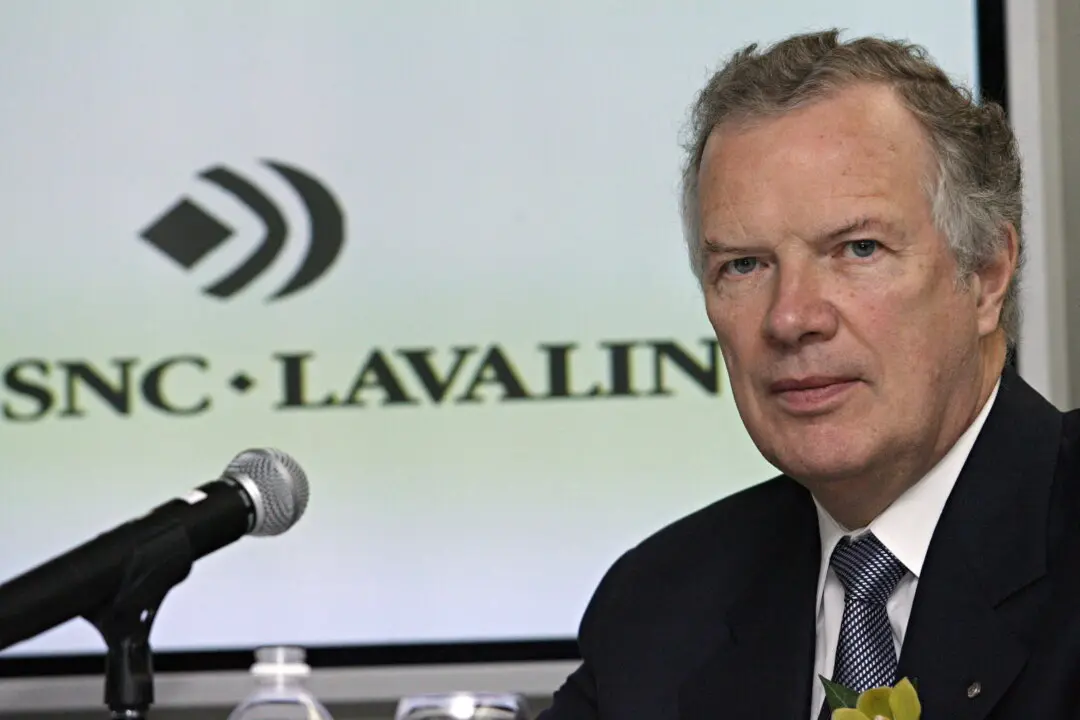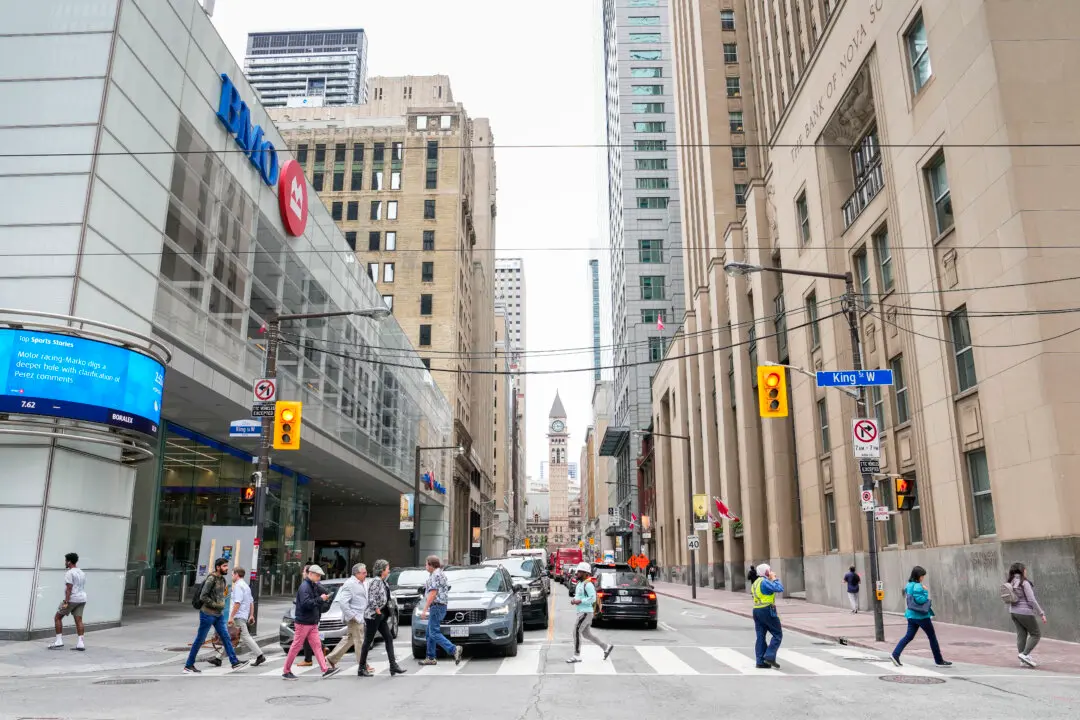OTTAWA—Canada’s central bank has been told to keep the annual pace of price gains at its historic target, but also to help build up the labour market.
Since 1991, the Bank of Canada has targeted an annual inflation rate of between one and three percent, often landing in a sweet spot at two percent.





